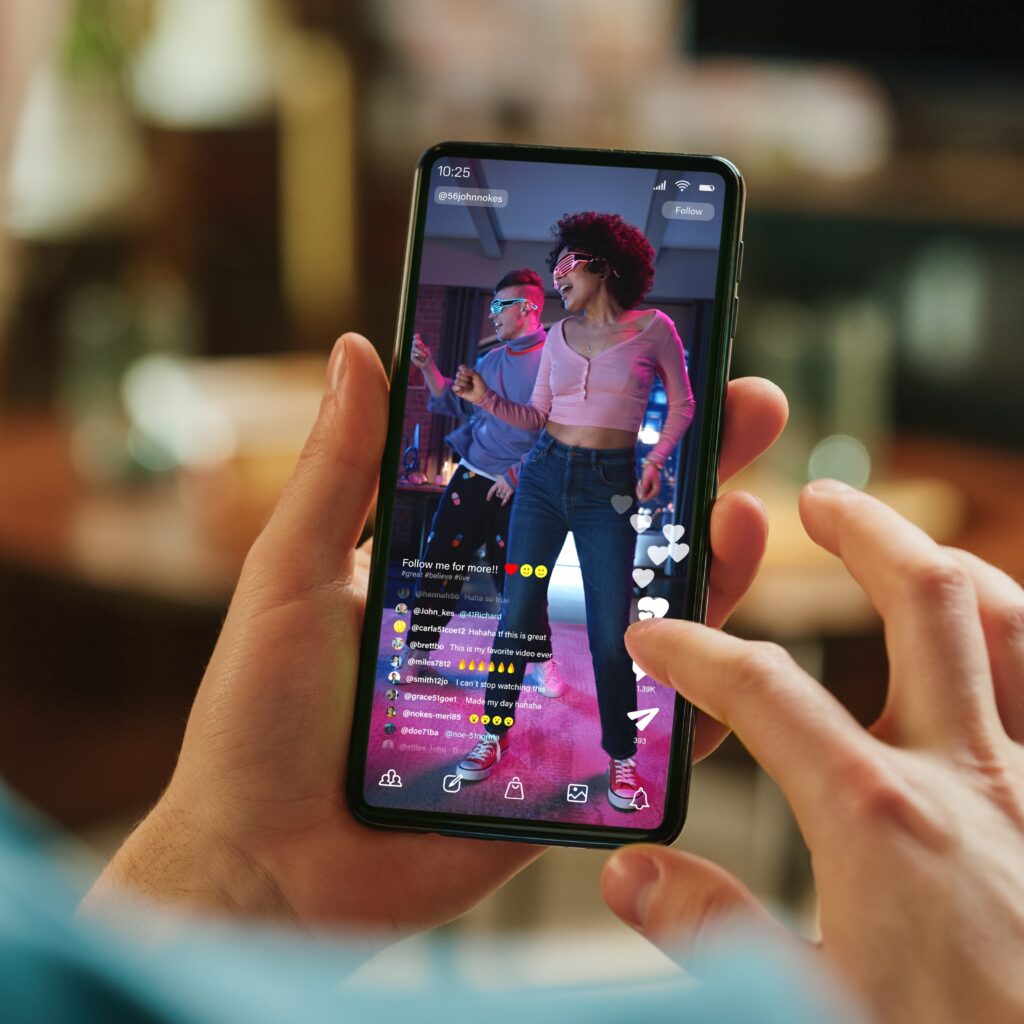A strong media campaign is more than just running ads—it requires a well-planned strategy that ensures your message reaches the right audience at the right time. Without a structured approach, marketing efforts can become fragmented, leading to wasted budgets and missed opportunities. By developing a well-executed plan, brands can maximize engagement, increase conversions, and achieve measurable results.
Whether launching a new product, rebranding, or driving sales, every successful media campaign follows key steps. Here’s how to build an effective campaign from the ground up.
Step 1: Set Clear Goals and Identify Your Audience
Before launching a campaign, define clear, measurable objectives. Are you aiming to build brand awareness, generate leads, increase sales, or re-engage existing customers? Well-defined goals guide decision-making and help measure success.
Once objectives are set, understanding your target audience is essential. Knowing who you’re speaking to ensures messaging resonates and reaches the right people. Consider:
- Psychographics: Interests, values, attitudes, and lifestyle choices.
- Demographics: Age, gender, location, income level, and education.
- Behavioral Insights: Online activity, shopping habits, brand interactions, and content preferences.
A clear audience profile helps tailor ad placements, content styles, and messaging strategies to match consumer expectations.
Step 2: Develop a Data-Driven Media Strategy
Once you have a clear understanding of your audience and goals, the next step is developing a comprehensive media strategy. This involves selecting the right channels, crafting compelling messages, and ensuring all touchpoints contribute to overall success.
Key Elements of an Effective Media Strategy:
- Media Buying: Identify the most impactful platforms based on audience behavior. Digital advertising, social media, television, and print all offer unique advantages—choosing the right mix maximizes effectiveness.
- Influencer Partnerships: Collaborating with trusted voices in your industry expands reach and builds credibility. Influencer marketing adds authenticity and increases consumer trust.
- Public Relations Integration: Earned media coverage enhances brand authority and visibility. A feature in a well-respected publication can amplify exposure and boost credibility.
- Multi-Channel Approach: Combining digital and traditional media creates multiple consumer touchpoints. An integrated approach may include social media ads, display advertising, TV commercials, email marketing, print ads, and outdoor billboards.
A well-balanced strategy ensures brand visibility across multiple channels, strengthening overall campaign impact.
Step 3: Optimize Media Investments for Maximum ROI
A successful campaign isn’t just about increasing ad spend—it’s about making every dollar count. Media budgets should be allocated strategically, focusing on high-performing channels while continuously refining tactics based on real-time performance data.
Techniques for Budget Optimization:
- A/B Testing: Experiment with different headlines, images, videos, and calls to action (CTAs) to determine what performs best.
- Performance Tracking: Measure key performance indicators (KPIs) such as click-through rates (CTR), engagement, conversions, and return on ad spend (ROAS).
- Retargeting Strategies: Re-engage users who have interacted with your brand but haven’t converted. Retargeting ads remind them of your offerings and increase conversion chances.
- Real-Time Adjustments: Continuously analyze data to optimize campaigns. Reallocate budgets to high-performing channels and pause underperforming ads to maximize impact.
Smart media investments help brands achieve more with less, ensuring that every advertising dollar contributes to campaign success.
Step 4: Execute with Precision and Consistency
The execution phase is where strategy turns into action. A well-planned campaign must maintain consistency across all channels while delivering engaging content that captures attention and encourages action.
Elements of a Strong Execution Plan:
- Compelling Visuals and Copy: Eye-catching graphics, professional videos, and persuasive messaging create a lasting impression. Strong creative elements ensure ads stand out in a crowded marketplace.
- Platform-Specific Content: Different platforms require tailored approaches. A Facebook ad should look different from a LinkedIn post, and a YouTube commercial should differ from a TikTok video.
- Seamless User Experience: Ads should lead to optimized landing pages that provide a smooth transition from interest to conversion. A clear path from discovery to action improves customer engagement.
- Integrated Marketing Communications: Media campaigns should align with broader marketing efforts, reinforcing a consistent message across all brand interactions.
Every element should work together to strengthen the brand and drive engagement.
Step 5: Measure, Analyze, and Continuously Improve
Once a campaign is live, ongoing analysis ensures it remains effective. Performance tracking allows brands to refine their strategies, scale successful tactics, and eliminate underperforming ones.
Key Metrics to Track:
- Brand Awareness: Impressions, reach, and media mentions.
- Engagement: Click-through rates (CTR), social shares, comments, and interactions.
- Conversion Rates: Leads, sales, sign-ups, and cost per acquisition (CPA).
- Return on Ad Spend (ROAS): The revenue generated for every dollar spent on advertising.
Data-driven decision-making helps campaigns stay agile and responsive, leading to continuous improvement and stronger long-term results.
The Future of Media Campaigns: Adapting to a Changing Landscape
Consumer behavior is constantly evolving, and successful media campaigns must adapt. Emerging trends, such as artificial intelligence in advertising, voice search optimization, and personalized ad experiences, are shaping the future of marketing. Staying ahead of these changes ensures brands remain competitive and relevant.
Businesses that embrace innovation, invest in audience insights, and continuously refine their strategies will see sustained growth and engagement. A winning media campaign isn’t just about launching ads—it’s about building relationships, delivering value, and creating lasting brand loyalty.
Build a Smarter Media Campaign with Vertigo
Effective media campaigns require careful planning, strategic investment, and ongoing optimization. Whether launching a new brand or enhancing an existing strategy, success comes from data-driven insights and creative execution.
At Vertigo, we specialize in developing high-impact media campaigns that deliver measurable results. If you’re ready to maximize your reach and engagement, let’s create something extraordinary together.
Go beyond limits with Vertigo.
FAQ
What is a media campaign?
A media campaign is a strategic marketing effort using multiple channels (digital, print, TV, social media) to promote a brand, product, or message to a target audience.
Why is audience research important in a media campaign?
Understanding your audience ensures your messaging resonates, leading to higher engagement and better conversion rates.
What are the key elements of an effective media strategy?
A strong strategy includes goal setting, audience segmentation, media buying, influencer partnerships, and multi-platform content distribution.
How can I optimize my media campaign budget?
Use A/B testing, retargeting, performance tracking, and real-time budget reallocation to maximize your return on investment.
What metrics should I track to measure campaign success?
Key metrics include impressions, engagement rates, conversion rates, cost per acquisition (CPA), and return on ad spend (ROAS).













